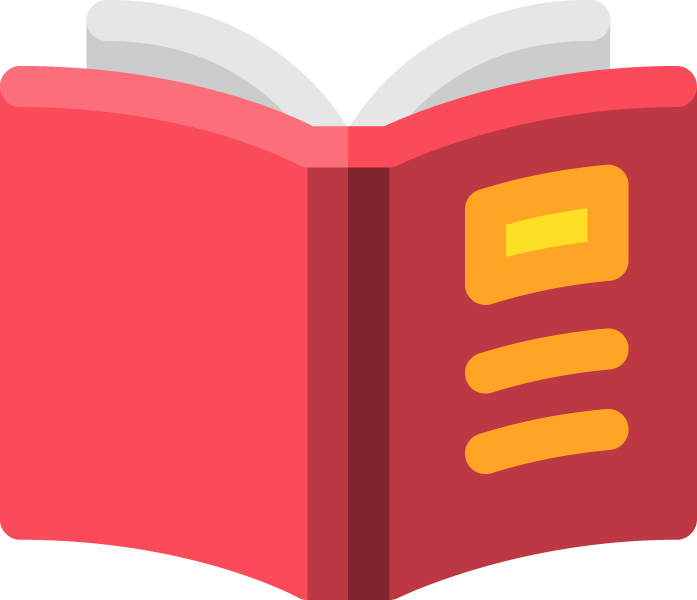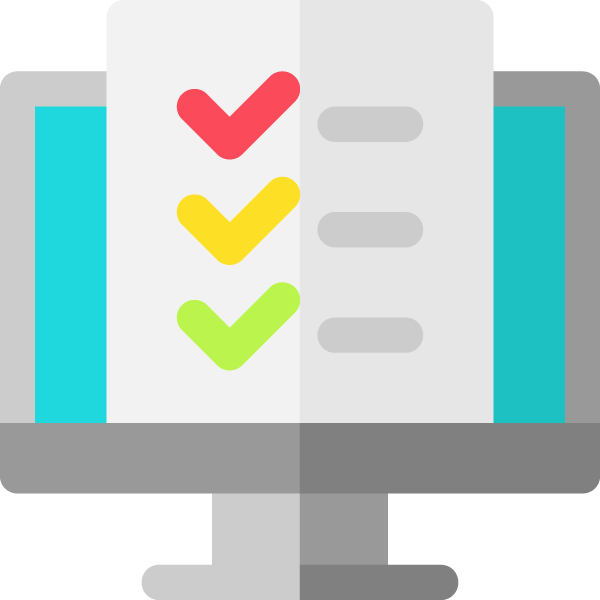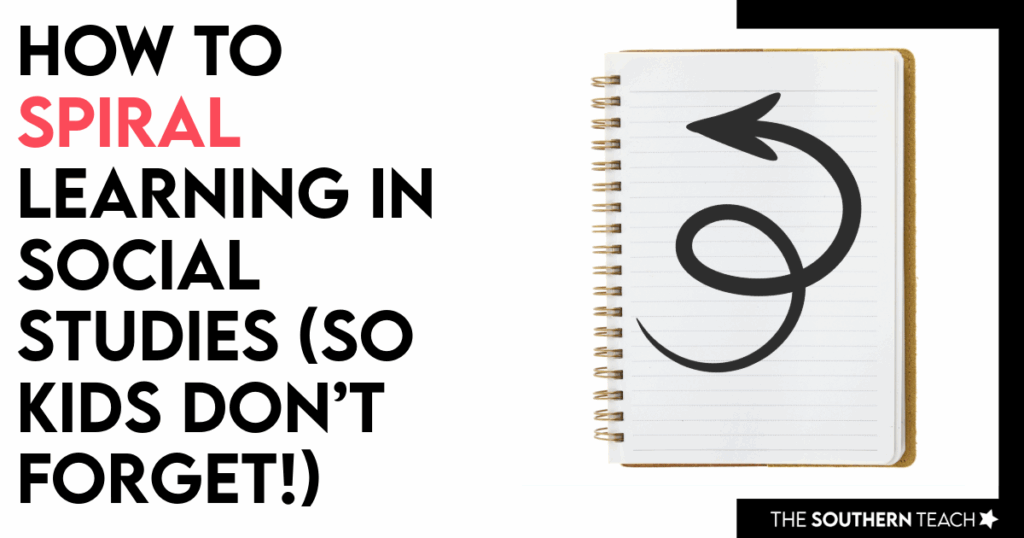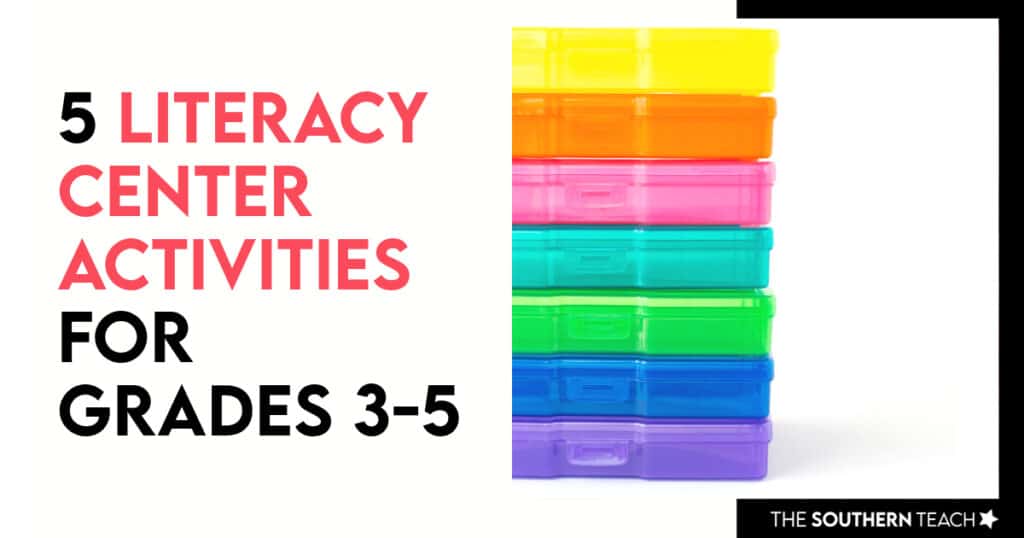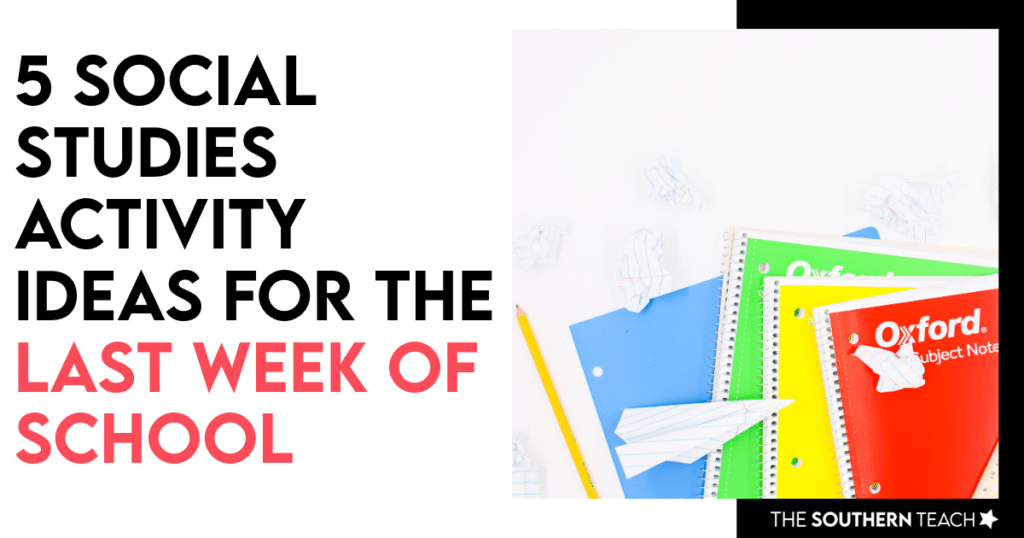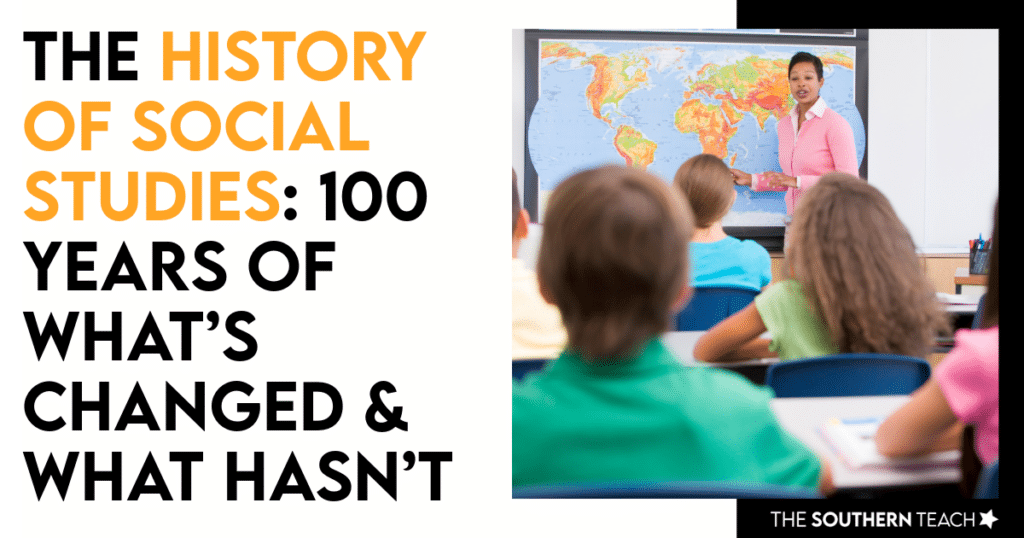Task Cards: 7 Brilliant Ways to Use Them in Your Classroom
By Kirsten Hammond
Share This Post:
Teachers always need to keep things fresh and exciting in the classroom without losing their effectiveness. Fortunately, they can use several strategies and tools to achieve this. A simple, versatile, and effective way of teaching students is by using task cards.
What is a Task Card?
A task card is simply a card with a written task on it that needs to be completed by students. A major reason why task cards are great for teaching is that they keep students engaged. Task cards have the additional benefit of making collaboration with peers easy, as well as providing them with opportunities to demonstrate their knowledge of topics. Regarding versatility, teachers can use task cards in multiple aspects of their work. This includes using them for reading comprehension, writing, review, and test prep, among others. Let’s explore 7 excellent ways of using task cards effectively!
1. Independent Reading and Comprehension Practice
Task cards are a great tool teachers can use for cultivating independent learning among students. For instance, teachers can:
- Assign students a particular passage to read independently.
- Follow up the task with several comprehension questions on the topic. Have your students answer the questions to assess their understanding.
- Encourage students to highlight or underline key details in the passage to support their answers. This strengthens their comprehension skills and teaches them to discern and pay attention to relevant details.
The above examples demonstrate that task cards are a terrific way to enhance student grammar and vocabulary. This ultimately results in better comprehension. Take a look at my vast grammar and vocabulary task cards catalog to really boost your student learning and maximum teaching convenience.
2. Small Group Activities
Using task cards is a wonderful way of fostering collaboration among students. They can also be used in discussions. You can adopt these two approaches to incorporate them in your lessons:
- Discussion Groups: Split your students into two small groups and have them read a specific passage together. Then provide your students with task cards that have open-minded questions and have your students answer them. This promotes critical thinking and communication skills.
- Passage Jigsaw: Assign different passages to each group. After reading them, students can become experts and teach their peers about their topic in a “jigsaw” activity. Task cards can guide the students’ presentations using specific questions.
3. Writing Assignments
When writing assignments, task cards can be used to inspire and improve student’s analytical and creative skills. This can be done in two ways:
- Comparing and Contrasting Activities: After providing them with passages on two related topics, use task cards to ask them to compare and contrast the passages using evidence from the passages.
- Reflective Journals: Ask students to imagine they are a character or historical figure in one of the passages they read. When they are done reading, ask them to write a journal entry from the character’s perspective.
For greater comprehension of topics, social studies task cards can help with analysis and creativity. Take the time to dive into my social studies task card resources for an easy social studies win!
4. Stations or Centers
Facilitate movement and turn your classroom into an interactive environment for learning using task card stations! Each station should feature a different passage or task and its questions. Have the students rotate through the stations, reading and answering questions at each stop. My social studies task cards include both learning stations and center activities.


5. Formative Assessment
Using task cards is an effective way to determine the level of student understanding of a particular topic. To do this you can:
- Use the questions on the cards as a quick check for understanding after teaching specific topics.
- Incorporate the passages and questions into quizzes or exit tickets to assess learning.
6. Test Prep Review
Incorporating the use of task cards can be a game-changer for test prep. You can similarly use the cards to review important topics before big tests. This can be done by:
- Using the passages and questions as a review activity before a test on westward expansion.
- Provide students with blank question templates to create their own questions based on the passages. This encourages deeper engagement. It also allows the learners to understand the material intensely.
Take the time to see my library of task cards for test prep and review for all your reading comprehension needs.
While we are still discussing tests, take the time to watch the 3-part test prep series on Youtube! It will provide you with valuable knowledge on how to help students deal with ELA and math standardized tests, as well as test anxiety.
7. Differentiation Options
Tap into a major advantage of using task cards in your teaching – their flexibility! You can use task cards to easily adapt your lessons to meet the needs of both advanced and struggling learners. This can be done through:
- Supporting struggling learners: Pair students to read passages together or provide audio recording of the passages.
- Challenging advanced learners: Ask advanced learners higher-order thinking questions. This can include asking them to analyze the cause-effect relationships of events described in the passages.
Key Takeaways
Task cards have the power to help you unlock the full potential of your students! In addition, they are a simple but effective tool that can increase students’ collaboration, critical thinking skills, and creativity. The versatility of task cards makes them perfect for the different purposes outlined throughout this article. It’s important for teachers to find ways of including them in group work, test prep, and other areas when teaching.
kirsten hammond
Kirsten is a former 3rd and 5th grade teacher who loves helping upper elementary teachers by creating resources and sharing ideas that are engaging, research-based, and TEKS-aligned. She is a work-from-home mama of 3 rambunctious little ones and loves running, true crime, and lots of coffee.

